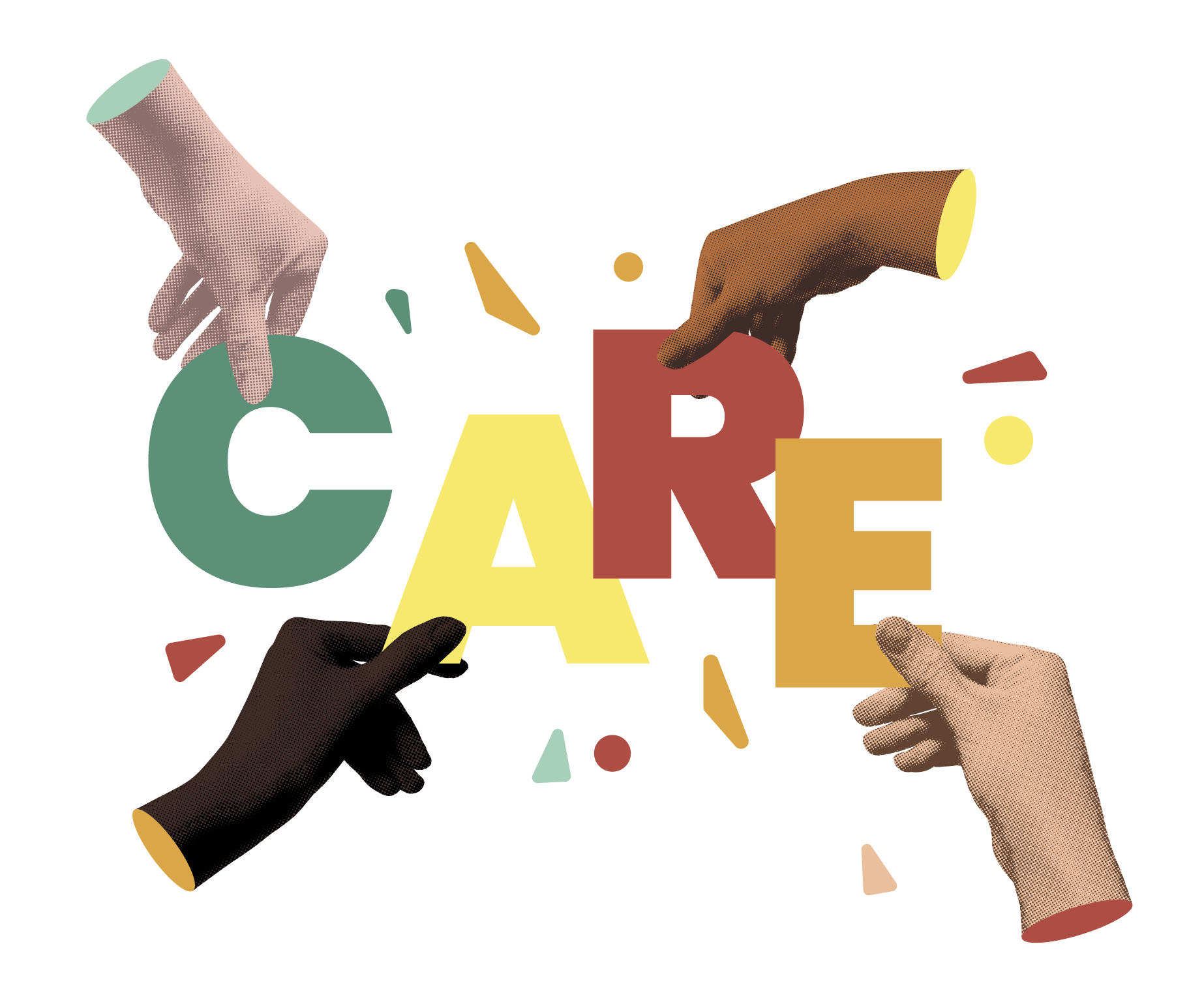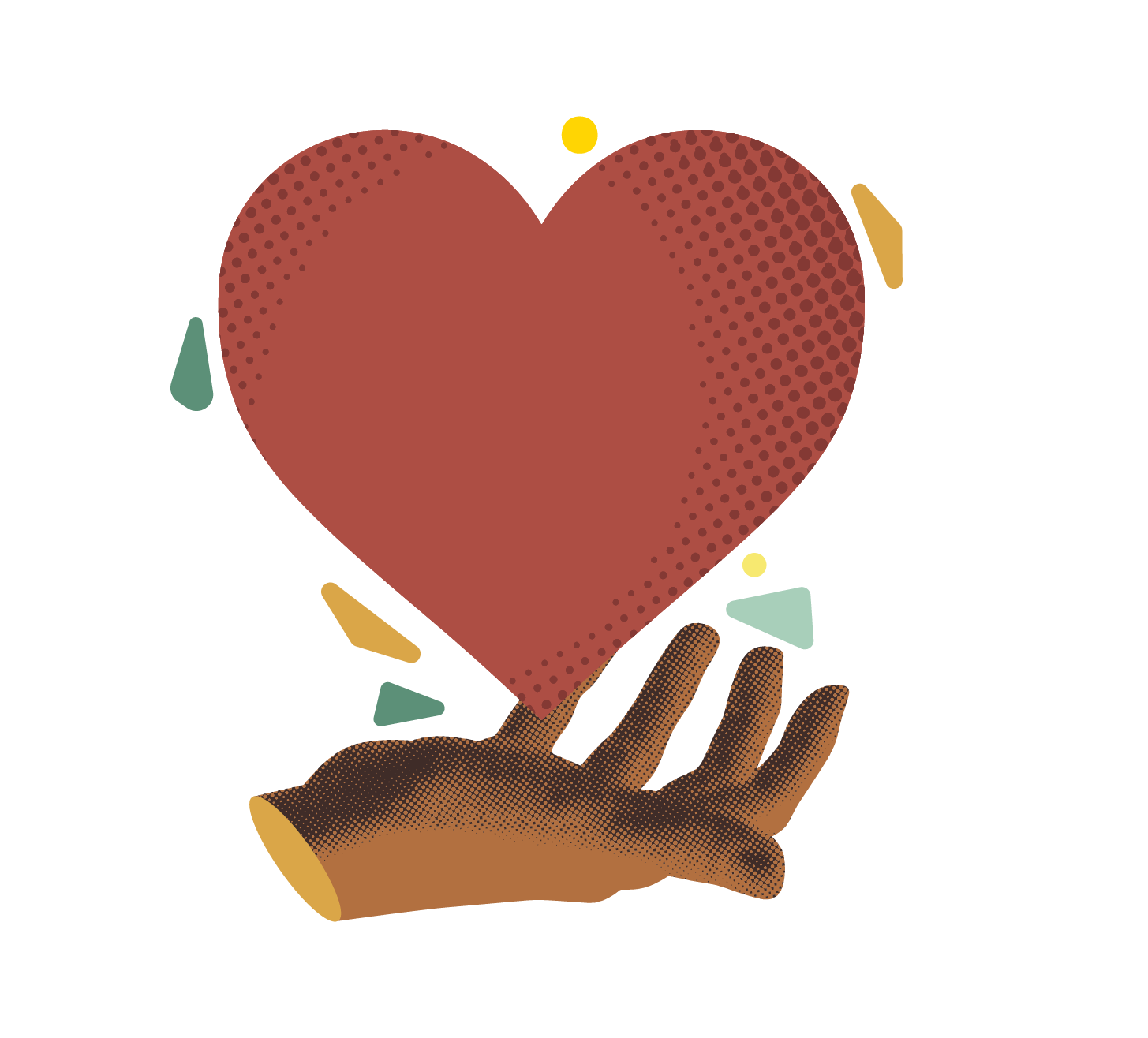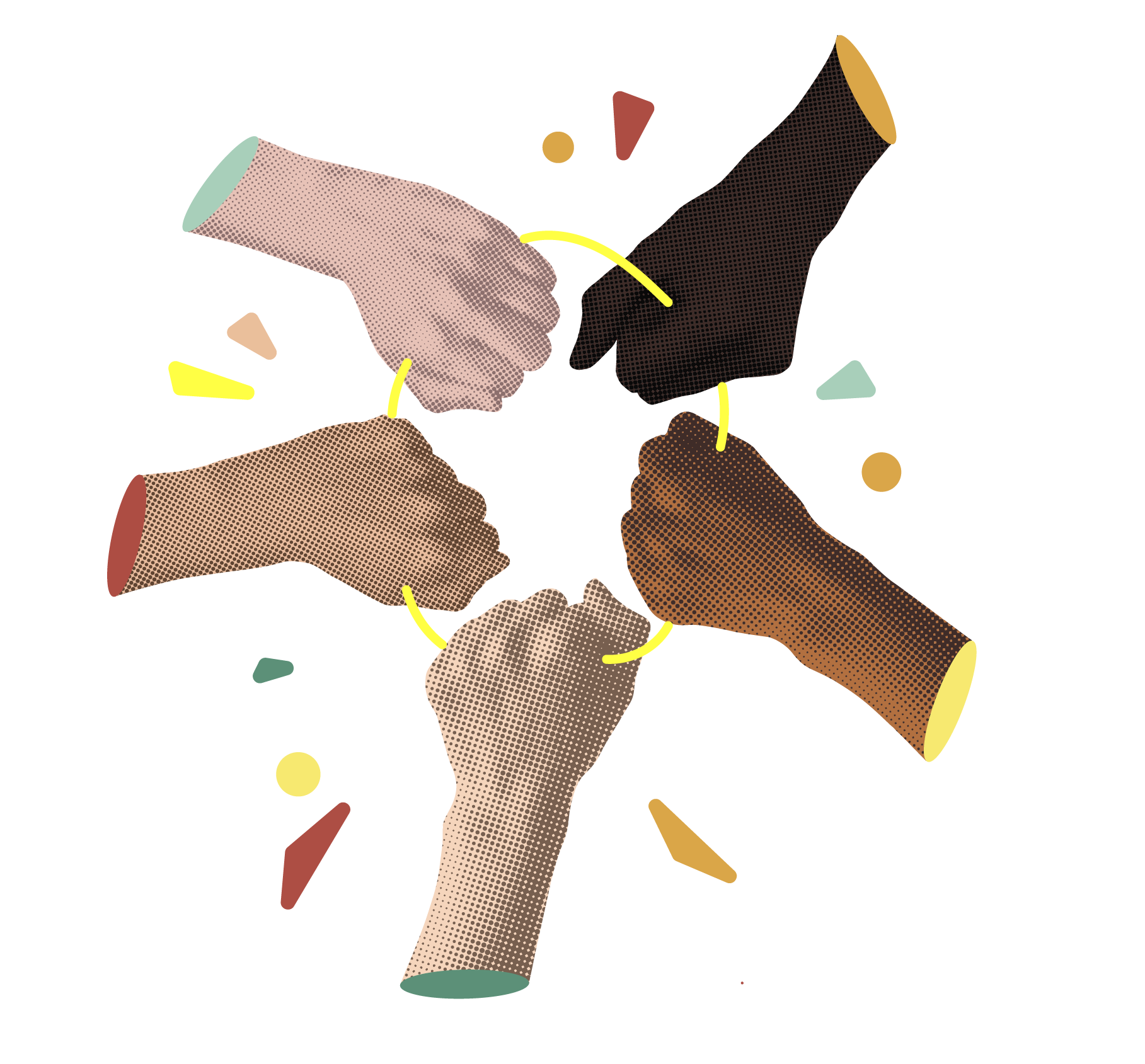Collective care is the work
Care is how we build the conditions to transform oppressive systems.
Language Español

In recent years, “well-being” has become a civil-society buzzword—often stripped of its political meaning, reduced to “rest on your own time”.
For us, collective care isn’t about individual self-care routines.
It’s not a break from the work. It is the work.
We define collective care as a radical, systemic, and power-building practice. It’s not about how we survive oppression—it’s about how we build the conditions to transform it. That means designing infrastructures of protection, interdependence, and repair that allow frontline leaders and movements to stay in the work and sustain action over time.
For us, collective care isn’t about individual self-care routines.
It’s not a break from the work. It is the work.
We define collective care as a radical, systemic, and power-building practice. It’s not about how we survive oppression—it’s about how we build the conditions to transform it. That means designing infrastructures of protection, interdependence, and repair that allow frontline leaders and movements to stay in the work and sustain action over time.

Collective care has been the backbone of Daybreaker Network in Thailand.

Within Daybreaker Network Thailand, collective care has never been a side conversation. It’s been the foundation of everything we’ve built.
From our earliest engagements, it was clear: without care, nothing else holds. The urgency, risk, and emotional toll that organizers face demanded more than skill-building. It demanded infrastructure for resilience.
What we heard:
“Power dynamics inside civil society organizations in Thailand are rarely addressed—especially in a patriarchal culture where leadership rarely changes and younger women often lack clear paths to leadership. Most people stay in the same role for decades, accumulating informal power with little accountability.”
-
“In the pro-democracy movement, constant urgency, high-stakes organizing, and burnout are normalized. Activists feel pressure to respond fiercely and immediately to every crisis, leaving no room for rest or repair. Even self-care is viewed as selfish—let alone collective care.”
-
“Despite this, Thai society holds cultural roots that align with collective care: feminist legacies, Islamic traditions of communal support, and communist organizing values. The challenge isn’t a lack of foundation—it’s overcoming internalized capitalism, guilt, and discomfort with asking for or receiving support.”
-
“Many organizers shared that the biggest barrier wasn’t institutional—it was emotional. People don’t feel safe enough to admit they need help. And when no one models care, burnout gets mistaken for strength.”
The Daybreaker Network learning space made this visible, giving organizers a framework to name it, talk about it, and begin to change it.
From our earliest engagements, it was clear: without care, nothing else holds. The urgency, risk, and emotional toll that organizers face demanded more than skill-building. It demanded infrastructure for resilience.
What we heard:
“Power dynamics inside civil society organizations in Thailand are rarely addressed—especially in a patriarchal culture where leadership rarely changes and younger women often lack clear paths to leadership. Most people stay in the same role for decades, accumulating informal power with little accountability.”
-
“In the pro-democracy movement, constant urgency, high-stakes organizing, and burnout are normalized. Activists feel pressure to respond fiercely and immediately to every crisis, leaving no room for rest or repair. Even self-care is viewed as selfish—let alone collective care.”
-
“Despite this, Thai society holds cultural roots that align with collective care: feminist legacies, Islamic traditions of communal support, and communist organizing values. The challenge isn’t a lack of foundation—it’s overcoming internalized capitalism, guilt, and discomfort with asking for or receiving support.”
-
“Many organizers shared that the biggest barrier wasn’t institutional—it was emotional. People don’t feel safe enough to admit they need help. And when no one models care, burnout gets mistaken for strength.”
The Daybreaker Network learning space made this visible, giving organizers a framework to name it, talk about it, and begin to change it.

A crisis of capacity or a crisis of survival?

Across Thailand—as in many other contexts—grassroots leaders are not only struggling. They are being dismantled.
The state no longer neglects civil society; it actively undermines and criminalizes it. Human rights activists, Indigenous leaders and land defenders, feminist collectives, and community organizers are being surveilled, harassed, and targeted. Global allies are retreating. Funding is shrinking. Legal protections are disappearing.
Yet Thai organizers are still being asked to resist without rest, rebuild democracy without safety nets, and lead as if they never need care.
Burnout is not personal—it’s structural. It’s what happens when movements are built to run on sacrifice, without repair.
Daybreaker Network’s work shows that collective care isn’t emotional support given as an afterthought. It is strategic infrastructure that:
The state no longer neglects civil society; it actively undermines and criminalizes it. Human rights activists, Indigenous leaders and land defenders, feminist collectives, and community organizers are being surveilled, harassed, and targeted. Global allies are retreating. Funding is shrinking. Legal protections are disappearing.
Yet Thai organizers are still being asked to resist without rest, rebuild democracy without safety nets, and lead as if they never need care.
Burnout is not personal—it’s structural. It’s what happens when movements are built to run on sacrifice, without repair.
Daybreaker Network’s work shows that collective care isn’t emotional support given as an afterthought. It is strategic infrastructure that:
- Equips frontline leaders to navigate sustained threat and pressure
- Prevents organizational collapse from stress and internal harm
- Builds trust required for collaboration across differences

Collective care as strategic infrastructure

For collective care to be effective, it must become embedded across all levels of organizing, not relied on as a temporary intervention.
Individual level: A shift in mindset
Organizational level: A shift in structure
Movement level: A shift in priorities
Individual level: A shift in mindset
- Letting go of self-sacrifice as the only valid form of commitment
- Reframing care not as selfish, but as a shared survival practice
- Expanding the idea of care from individual wellness to collective responsibility
Organizational level: A shift in structure
- Embedding care into policy, internal practices, and codes of conduct
- Cultivating norms of shared contribution and mutual support
- Actively addressing internal power dynamics—especially for younger, queer, and female organizers
- Creating spaces where care is visible, encouraged, and protected
Movement level: A shift in priorities
- Elevating collective care to the same level of urgency as political demands and issue-based advocacy
- Naming it as part of the fight against patriarchy, capitalism, and extractive systems
- Building alignment through shared purpose, not competition

How do we scale collective care across a movement?
Collective care is not a complement to movement work. It is the foundation that makes sustained struggle possible.
But scaling care across a movement raises real, unresolved questions:
But scaling care across a movement raises real, unresolved questions:
- What does it look like when care has truly taken root in an organization?
- Does it require a formal policy—or a cultural shift?
- How do we name it, measure it, and pass it on?
